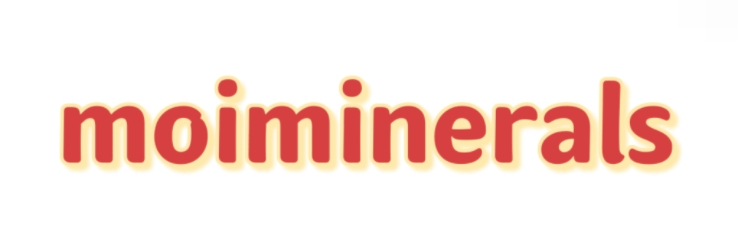Understanding Ferritic: Key Properties and Applications Explained
Sep. 24, 2024
Understanding Ferritic: Key Properties and Applications Explained
Ferritic materials, primarily found in stainless steels, offer a range of unique characteristics that make them suitable for various industrial applications. This article explores the key properties and applications of ferritic materials in an organized manner, helping you understand their significance in modern manufacturing and construction.1. Key Properties of Ferritic Materials
Ferritic steels are known for their distinct properties, which contribute to their versatility. Here are the primary attributes:1. **Magnetic Properties**: Ferritic steels are generally magnetic, making them valuable in applications where magnetic properties are required.2. **Corrosion Resistance**: Their chromium content provides decent resistance to corrosion, particularly in moderate environments. However, they are less resistant compared to austenitic steels.3. **High Thermal Conductivity**: Ferritic materials exhibit good thermal conductivity, making them suitable for applications where heat transfer is critical.4. **Lower Cost**: Due to the absence of nickel, ferritic steels are typically less expensive than their austenitic counterparts.5. **No Work Hardening**: Ferritic materials do not work-harden like austenitic steels, which can simplify manufacturing processes.6. **Ductility and Toughness**: Though generally offering lower ductility compared to austenitic grades, ferritic steels provide good toughness, especially at room temperature.7. **Weldability**: Ferritic steels are generally easier to weld than austenitic steels, although care must be taken to avoid issues like embrittlement.2. Common Applications of Ferritic Materials
Ferritic steels are employed in a variety of industries due to their properties. Here’s a list of common applications:1. **Automotive Industry**: Used in exhaust systems and catalytic converters due to their excellent heat resistance and corrosion properties.2. **Architecture and Construction**: Utilized in structural components, roofing, and siding due to their aesthetic appeal and weather resistance.3. **Home Appliances**: Common in the manufacturing of items such as dishwasher interiors and refrigerator components for their corrosion resistance and cost-effectiveness.4. **Food Processing**: Ferritic materials are FDA-approved and often found in equipment and transport containers due to their safety and ease of cleaning.5. **Pipelines**: Used in gas and oil pipelines for their durability and resistance to chemical reactions, despite their lower corrosion resistance in severe environments.6. **Industrial Equipment**: Ideal for manufacturing items like valves, pumps, and fittings that require an economical yet durable solution.3. Limitations of Ferritic Materials
While ferritic materials boast numerous advantages, they also come with limitations:1. **Lower Corrosion Resistance**: In highly corrosive environments, ferritic steels can suffer from pitting and stress corrosion cracking.2. **Temperature Sensitivity**: Their performance can degrade at high temperatures, leading to challenges in certain applications.3. **Limited Ductility**: Compared to other steel types, ferritic alloys can exhibit reduced ductility, which can be a concern in specific applications requiring significant deformation.4. **Welding Challenges**: Although weldable, there is a need for careful management during welding to prevent issues such as brittleness.In conclusion, ferritic materials play a vital role across diverse industries, attributable to their unique set of properties. Understanding these characteristics and their practical applications can help industries select the right type of steel for specific needs.Want more information on define ferritic, alloy 825 seamless pipe manufacturer, b423 n08825 supplier? Feel free to contact us.
Further reading:How Does Define Martensitic Work?
Corrugated Steel Plate: Your Ultimate Guide

